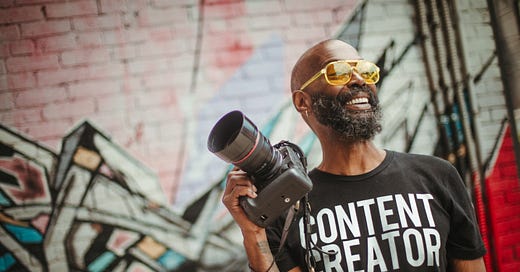Elevate Your Photography with this one TIP.
Today I'll explore a fantastic way to break through creative blocks and develop your photography with a deeper purpose.
Keep reading with a 7-day free trial
Subscribe to The Carty Method - Substack to keep reading this post and get 7 days of free access to the full post archives.




